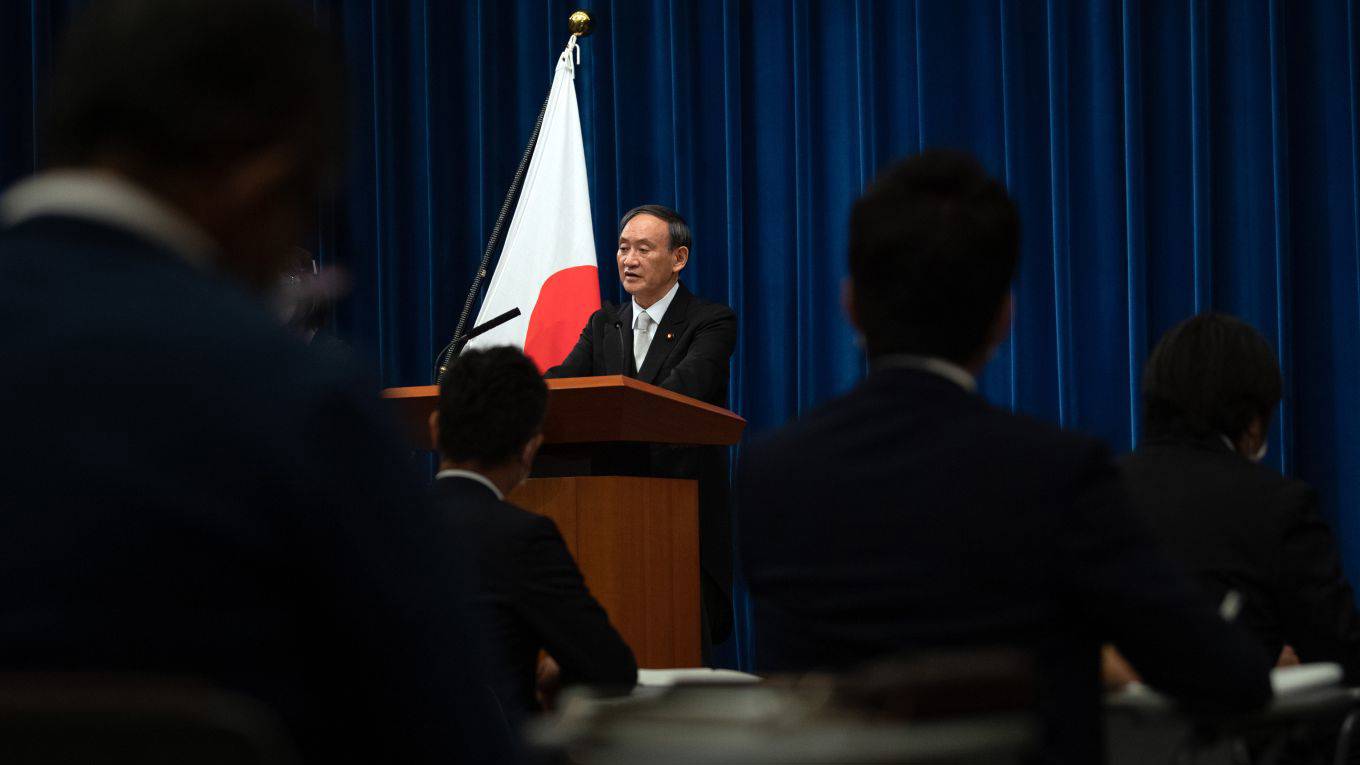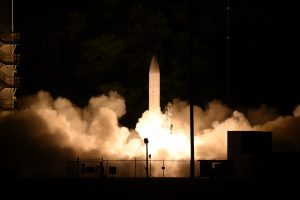By Kunwar Khuldune Shahid

Rallies targeting the Shia Muslims of Pakistan were orchestrated on successive days in Karachi over the past weekend. Demonstrators numbering in the tens of thousands — at least 30,000 according to security officials — descended on the city’s major highways, MA Jinnah Road and Saeed Manzil Road, chanting anti-Shia slogans, declaring the community “heretics.”
Among those leading the demonstrations was Muneeb-ur-Rehman, the chairman of the government affiliated Ruet-e-Hilal Committee, which decrees the moon sighting for the Islamic calendar. While Rehman claimed that the rallies only “upheld the sanctity” of the Sahaba (Prophet Muhammad’s companions) and “didn’t target any sect,” the unabated echoes of “Shia kafir” (Shia infidels) among the demonstrators suggested otherwise. The Ruet-e-Hilal Committee chairman’s own position was further clarified by his demand that sects be declared in the next census and his threats that the participants could “turn to negative activities” if their religious sentiments were hurt.
Abid Mubara, the Karachi chief of the Tehrik-e-Labbaik Pakistan (TLP), was more brazen in his threats when he said that Sunnis could “behead people” who blasphemed against their revered personalities. After successfully partaking in weaponizing “love for Prophet Muhammad,” the TLP is now expanding its ambit to target others.











